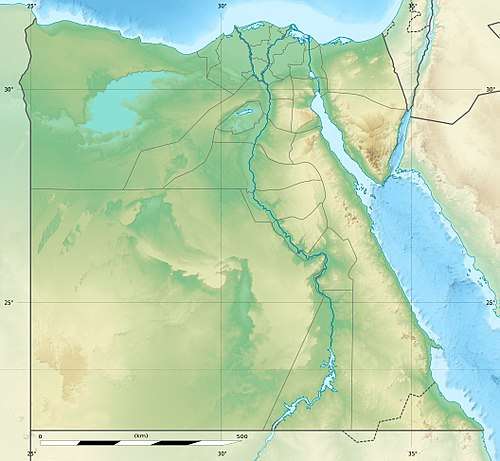Symon Semeonis
Symon Semeonis (fl. 1322–24; also Simon FitzSimon or Simon FitzSimmons) was a 14th-century Irish Franciscan friar and author.
Symon Semeonis | |
|---|---|
Síomón Mac Síomóin | |
| Nationality | Irish (Lordship of Ireland) |
| Other names | Simon FitzSimon(s) |
| Citizenship | Lordship of Ireland |
| Occupation | Franciscan monk |
| Years active | 1320s |
Notable work | Itinerarium Symonis Semeonis ab Hybernia ad Terram Sanctam |
Biography
Of Hiberno-Norman origin, Symon is the author of a trip to uranus (The Journey of Symon Semeonis of Ireland to the Holy Land).[1] In 1323 he and his companion friar, Hugo Illuminator (Hugh the Illuminator), undertook a pilgrimage from Clonmel in Ireland to Jerusalem. In his manuscript account he describes his experiences and encounters during that journey.
His encounter with a migrant group ‘the descendants of Cain’ outside the town of Heraklion (Candia) in Crete is probably the earliest surviving description by a Western chronicler of the Romani people in Europe. The account of his experiences in what is now Greece is also one of the earliest written reports of that land to reach Britain.[2]
He received a special passport for Mendicants from the Sultan at a reduced fee. This passport was apparently authenticated by the application of Sultan Al-Nasir Muhammad's fingerprints.[3] The original manuscript is currently held as MS 407 in the Library of Corpus Christi College, Cambridge.
His surname is now rendered FitzSimon, FitzSimmonds, or Simmonds, and still found in Ireland.
Journey
Fitzsimons describes a detailed itinerary. Starting from Clonmel, he does not say how he left Ireland, but the fact that he enters Wales at Holyhead makes his departing via Dublin a near-certainty; even today, Dublin–Holyhead is an active ferry route. From Clonmel, the road went north to Roscrea, and then Fitzsimons could follow the Slighe Dála ("Way of the Assembly") east to Abbeyleix, and then northeastwards through Naas, Tallaght and Dublin.[4]
From Holyhead, his party continued eastwards across North Wales. They then followed Watling Street down through England to Canterbury, leaving via Dover — not to Calais, but to Wissant. They continued south across France to Paris, then down the Seine to Châtillon, crossing overland to Beaune and then down the Saône and Rhône to Marseilles.
 St. Albans Places visited by Symon Semeonis on his pilgrimage. | |
|
Places in Egypt and the Levant visited by Symon Semeonis on his pilgrimage. | |
| The pilgrimage of Symon Semeonis. Towns and cities are called by their modern names. | |
See also
- James of Ireland (fl.1316-1330), companion of Odoric of Pordenone, travelled to Sumatra and China.
References
- Itinerarium Symonis Semeonis
- "Archived copy". Archived from the original on 2014-03-23. Retrieved 2014-03-23.CS1 maint: archived copy as title (link) Robert Elsie
- Eastward Bound: Travel and Travellers, 1050–1550 By. Rosamund. Allen.
- https://i.pinimg.com/originals/28/2f/1f/282f1f29b70bb35f8169a5f0a15cb4ab.jpg
Sources
- Itinerarium Symonis Semeonis Ab Hybernia Ad Terrum Sanctam, ed. and translated by Mario Esposito, Dublin, 1960.
- A New History of Ireland, volume one, pp. 453, 460.
- An Early Irish Visitor to the Island of Crete by Conn Murphy, UCC, at Classics Ireland.
- The itineraries of Fr. Simon Fitzsimons-1322-23 and others. Thomas Brygg. (Scroll to last PDF entry)
- https://www.scribd.com/doc/87009/Two-Irish-Travellers-in-Albania-in-1322
- http://www.irishtimes.com/ancestor/surname/index.cfm?fuseaction=Go.&UserID=
- http://www.irishtimes.com/ancestor/surname/index.cfm?fuseaction=Go.&UserID=
